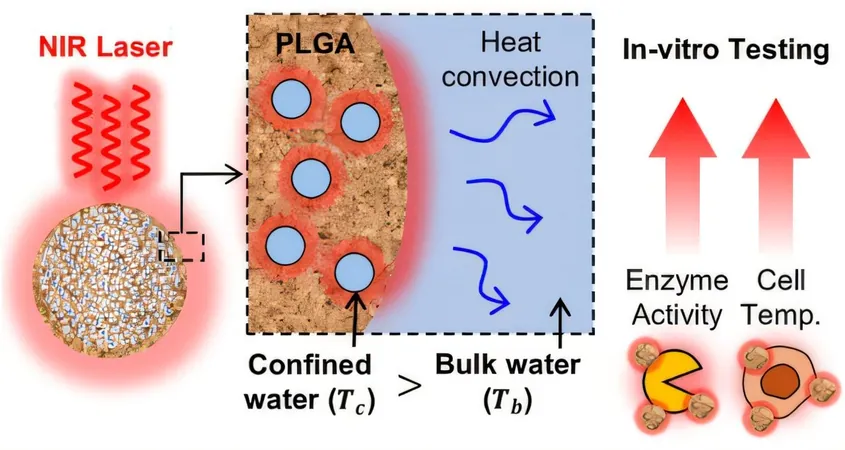
Do Robots Experience Emotions in Space? A Dive into Space Sensors
2025-04-30
Author: Olivia
The Intriguing Question: Do Robots Feel in Space?
When pondering the role of robots in the vastness of space, we are led to a fascinating question: how do they "feel" in an environment so different from our own? While this raises philosophical dilemmas, today’s focus shifts to practical considerations, specifically the tactile sensors that allow these mechanical beings to interact with their surroundings.
Exploring Tactile Sensors for Space Missions
A recent review paper by researchers Hadi Jahanshahi and Zheng Zhu from York University dives deep into this topic, published in the Chinese Journal of Aeronautics. The paper divides the discussion into two key areas: the challenges posed by the harsh space environment and a detailed examination of various sensor types.
Understanding Space's Unique Challenges
Space is not just a void; it has unique challenges, such as microgravity, extreme radiation, and dramatic temperature fluctuations. These factors significantly influence sensor performance, making it crucial to select the right technology for specific applications. Knowing the mission environment is vital for making informed choices.
Types of Tactile Sensors: A Closer Look
The study highlights four primary types of tactile sensors: resistive, capacitive, piezoelectric, and optical. Although other advanced sensors such as quantum tunneling composites are mentioned, they are still in early development phases or not well-suited for rigorous space conditions.
Resistive Sensors: Rugged Yet Limited
Resistive pressure sensors, often used on Earth, are robust and simple but fall short in sensitivity and resolution—especially under extreme temperatures. Despite these limitations, they are ideal for less precise applications like docking.
Capacitive Sensors: Sensitive but Overly Reactive
Capacitive sensors, commonly found in smartphones, offer high sensitivity, particularly for human-robot interaction. However, their high environmental sensitivity can lead to false triggers, making them more suited for close proximity detection rather than direct interaction.
Piezoelectric Sensors: Dynamic Detectives with Challenges
Widely used in both consumer and industrial settings, piezoelectric sensors excel at detecting vibrations, a vital function for navigating dynamic environments. Nonetheless, their high cost and tendency to lose signal strength over time could hinder their practical use in space.
Optical Sensors: Precision Meets Complexity
Optical sensors are invaluable for precision tasks, like gauging distance from other objects, mirroring the technology found in autonomous vehicles on Earth. Despite being expensive and complex to integrate, their resilience to electromagnetic interference makes them attractive for space applications.
The Future of Robots in Space: An Advancing Frontier
As robots increasingly participate in space exploration, tactile sensors will play a crucial role in their ability to interact with diverse environments and their robotic peers. Interestingly, many sensors being developed for the harsh conditions of space were initially conceived for extreme Earth applications. Thus, as robots venture further into our solar system, they may not only navigate the stars but also ponder their own existence as the pioneering emissaries of human exploration.









 Brasil (PT)
Brasil (PT)
 Canada (EN)
Canada (EN)
 Chile (ES)
Chile (ES)
 Česko (CS)
Česko (CS)
 대한민국 (KO)
대한민국 (KO)
 España (ES)
España (ES)
 France (FR)
France (FR)
 Hong Kong (EN)
Hong Kong (EN)
 Italia (IT)
Italia (IT)
 日本 (JA)
日本 (JA)
 Magyarország (HU)
Magyarország (HU)
 Norge (NO)
Norge (NO)
 Polska (PL)
Polska (PL)
 Schweiz (DE)
Schweiz (DE)
 Singapore (EN)
Singapore (EN)
 Sverige (SV)
Sverige (SV)
 Suomi (FI)
Suomi (FI)
 Türkiye (TR)
Türkiye (TR)
 الإمارات العربية المتحدة (AR)
الإمارات العربية المتحدة (AR)